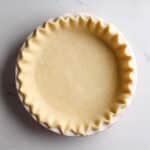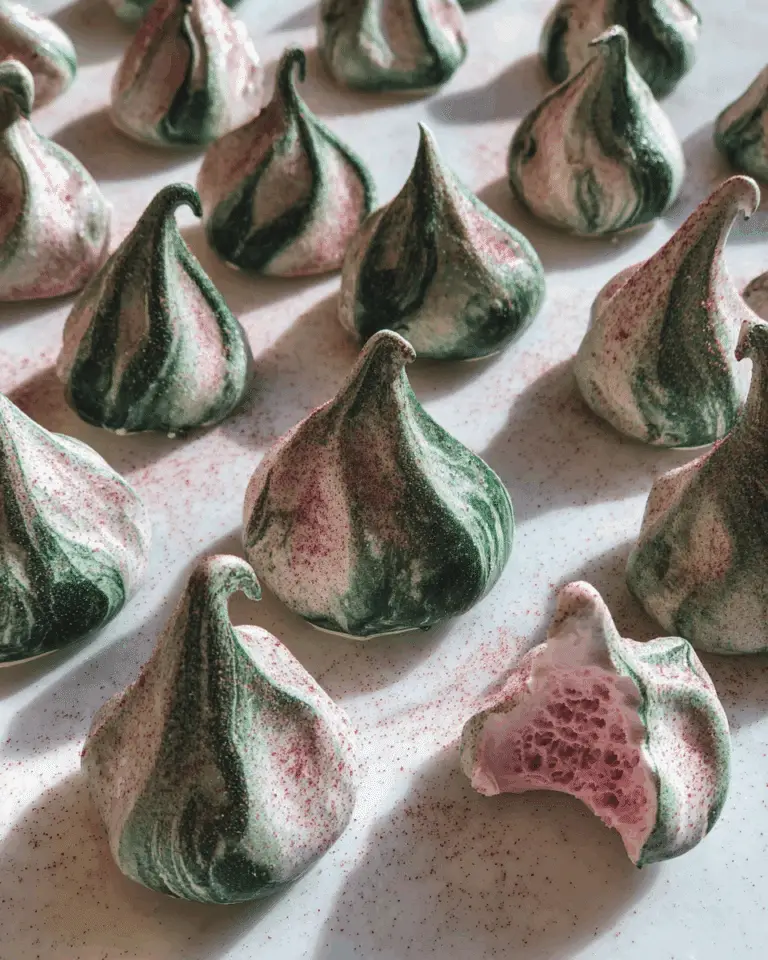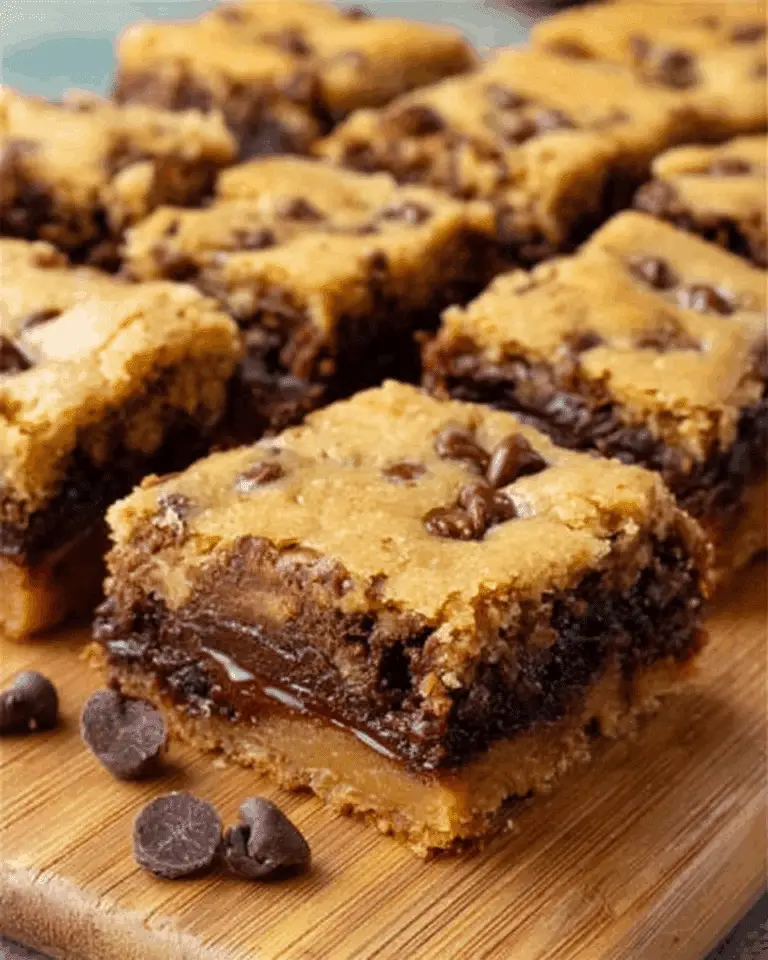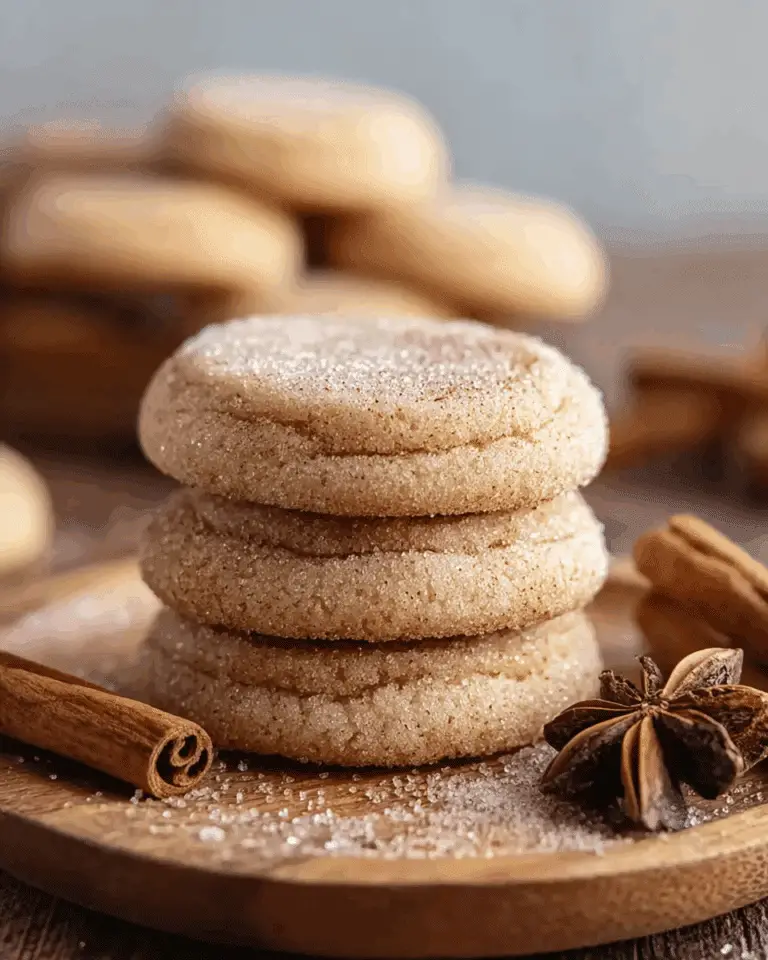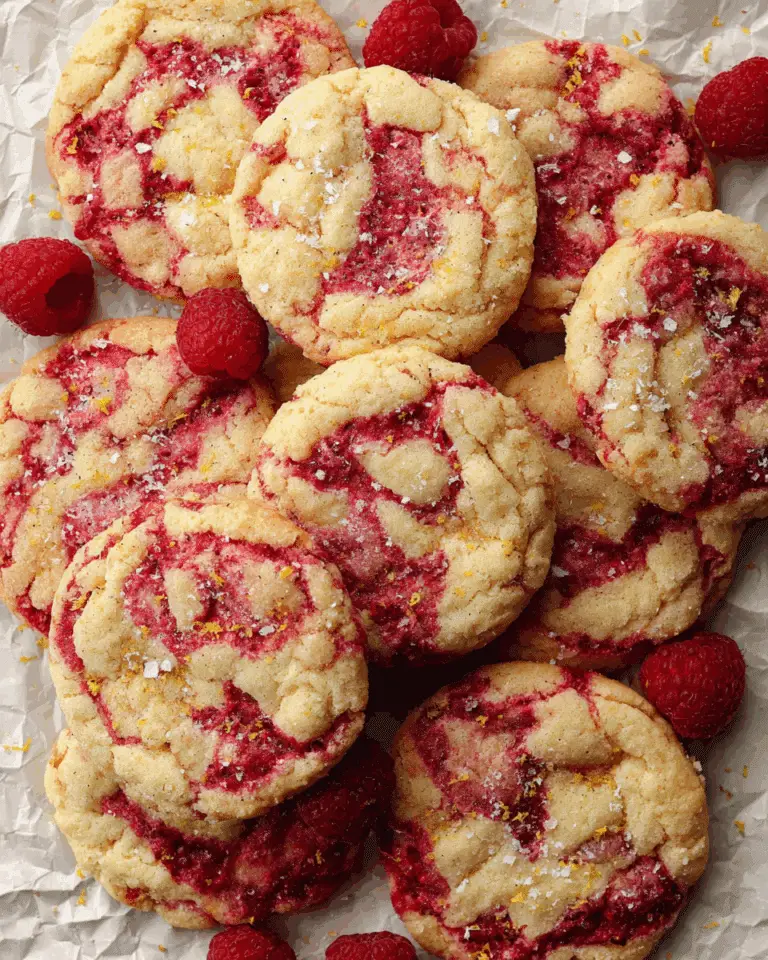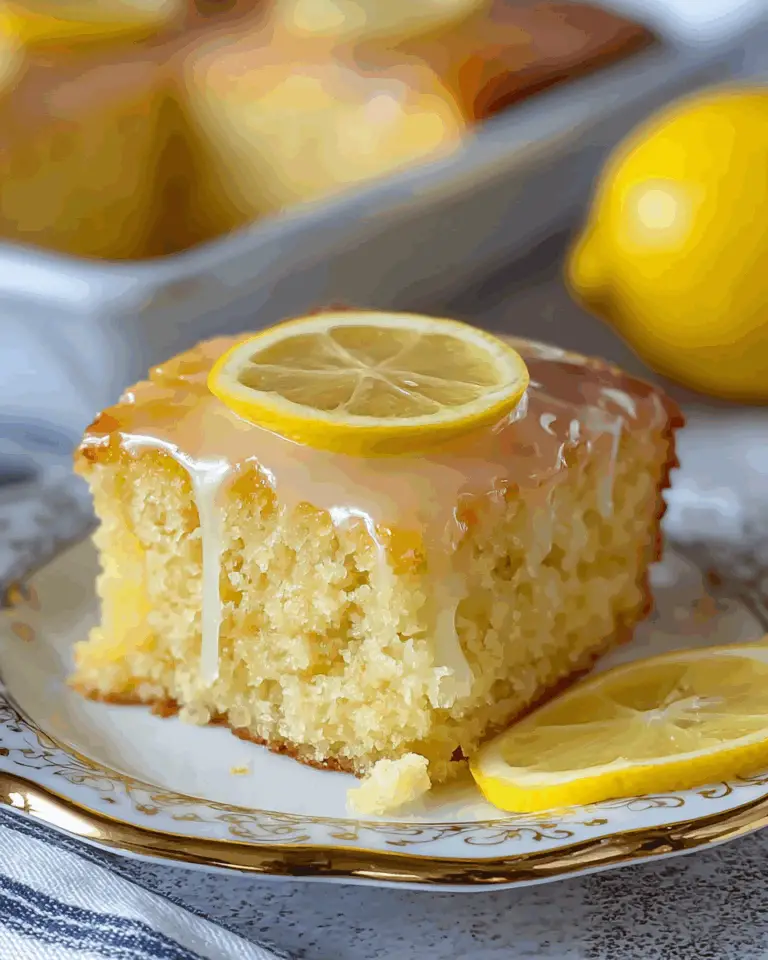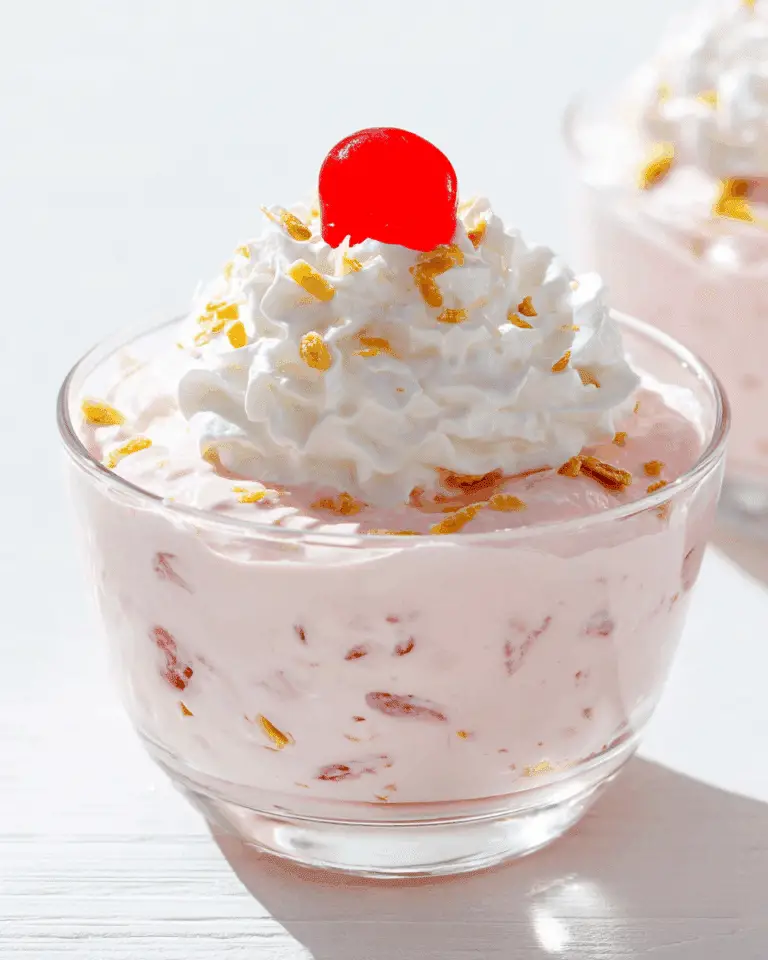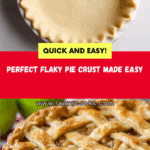If you’ve been hunting for the secret to golden, flaky, irresistible pie, my Best Pie Crust is your new kitchen superstar. This homemade crust is everything you want: impossibly tender with just enough crispness, easy to work with, and perfect for both sweet and savory pies. Achieving pie crust bliss isn’t a mystery — it’s all about gentle handling and the right ratios, and this recipe absolutely nails it. Whether you’re dreaming of a double-crust fruit pie or a classic quiche, this will quickly become your go-to pie foundation. Let’s get ready to make the Best Pie Crust you’ve ever tasted!
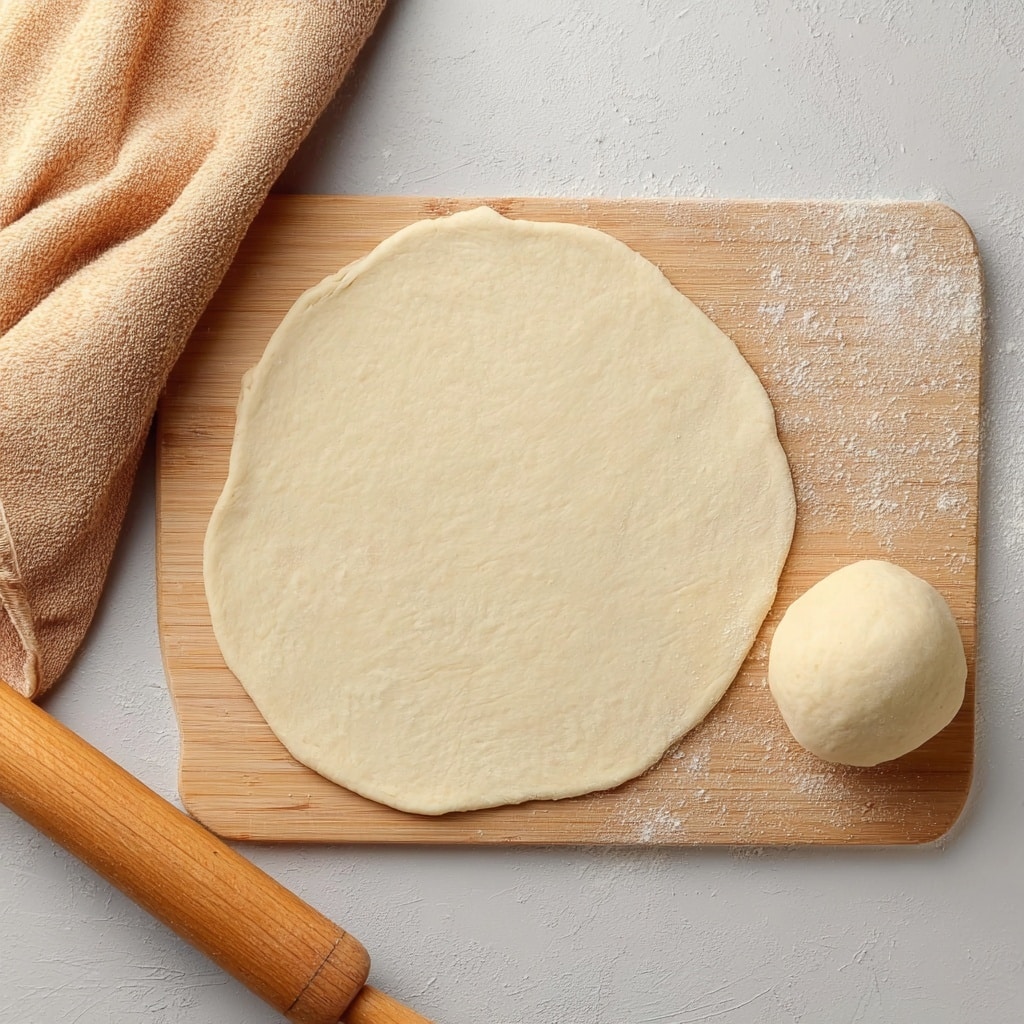
Ingredients You’ll Need
The beauty of the Best Pie Crust lies in its simplicity. Just a handful of pantry staples work together to create a dough that bakes up flavorful and flaky every single time. Here’s why each ingredient matters (and a little tip to help you get the most out of it!):
- Vegetable Shortening: The secret to extra flakiness, shortening creates those delectable layers that make your crust melt in your mouth.
- All-Purpose Flour: The essential backbone for structure, all-purpose flour helps achieve the perfect balance of tender and sturdy.
- Salt: Just a little bit sharpens all the flavors and ensures the crust never tastes dull or flat.
- Cold Water: Using cold water keeps fat from melting, helping the dough stay wonderfully flaky and easy to handle.
How to Make Best Pie Crust
Step 1: Blend the Dry Ingredients with Shortening
Start by mixing your flour and salt in a large bowl to create an even base. Next, add the vegetable shortening. Using a pastry blender or fork, cut the shortening gently into the flour until the mixture looks crumbly—think coarse, sandy pebbles. This step ensures lots of lovely flakes in your finished Best Pie Crust!
Step 2: Add Cold Water and Mix Lightly
Slowly drizzle in the cold water, a tablespoon at a time, while mixing lightly with a fork. The key is to add just enough water for the dough to hold together if pinched—it should never feel wet or sticky. Overmixing here can make the crust tough, so a gentle touch is your best friend.
Step 3: Roll Out the Dough
Place the dough onto a lightly floured pastry cloth or countertop. Sprinkle a bit more flour on the top, then, using your rolling pin, gently roll the dough into a circle about one inch wider than your pie plate. Turn the dough occasionally to prevent sticking, re-flouring as necessary. A light touch keeps your Best Pie Crust from getting dense.
Step 4: Transfer to Your Pie Plate
Once rolled, fold the crust carefully in half, then gently lift and unfold it over your pie plate. Ease the dough into the corners, making sure not to stretch it (which could cause shrinking during baking). If you’re making a single-crust pie, trim the dough to about half an inch beyond the rim, fold it up, and pinch to create a lovely, raised edge.
Step 5: Prep and Bake (or Fill)
If you’re blind-baking the crust, prick the base with a fork, add pie weights, and bake as needed. For a filled pie, simply add your filling and bake according to your recipe. To make a double-crust pie, repeat the rolling process for a second crust, then tuck and seal as described. However you use it, this is truly the Best Pie Crust for any occasion!
How to Serve Best Pie Crust
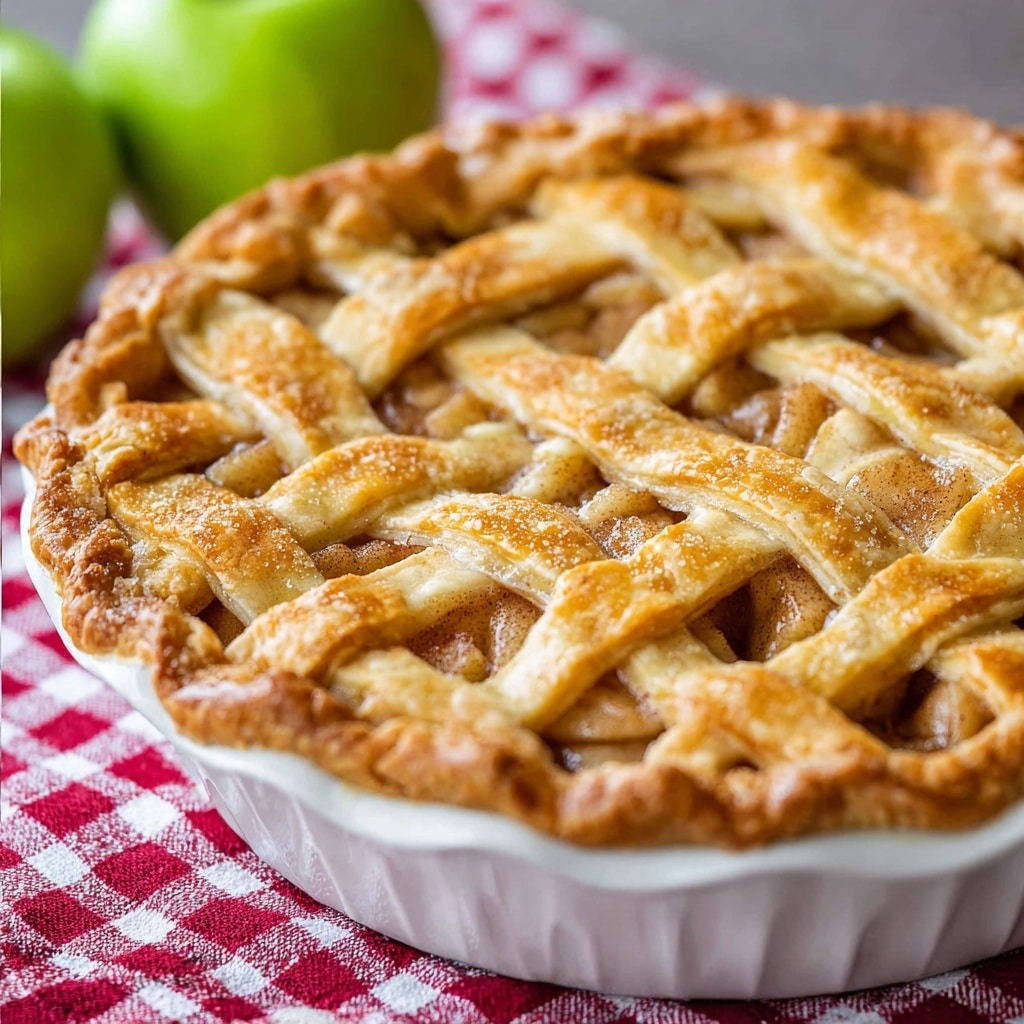
Garnishes
The right garnishes make your pies not only taste amazing but look spectacular. Brush the edge of your finished Best Pie Crust with a wash of egg yolk and sprinkle lightly with coarse sugar for sweet pies, or a pinch of flaky salt for savory creations—guests are always wowed by these simple touches!
Side Dishes
Pairing your golden pie with the right sides is an art! Serve sweet pies with a scoop of vanilla ice cream or a dollop of fresh whipped cream, while savory pies (like quiches or pot pies) shine alongside a crisp green salad or a warm seasonal soup. These accompaniments let your Best Pie Crust take center stage.
Creative Ways to Present
For a showstopping finish, use cookie cutters to make decorative shapes from excess dough and layer them on top before baking. Or try braiding strips of dough for a classic twist! You can even use mini tart pans to create adorable bite-sized treats using the Best Pie Crust.
Make Ahead and Storage
Storing Leftovers
If you have extra pie crust dough or a baked pie, wrap it tightly in plastic wrap and store it in the refrigerator for up to three days. The dough will stay moist and workable, ready for a last-minute pie or creative tartlets.
Freezing
The Best Pie Crust option for the busiest bakers: it freezes beautifully! Wrap the prepared dough disc in plastic, then again in foil, and freeze for up to three months. Defrost overnight in the fridge before rolling out as usual—the results are just as delicious as freshly made.
Reheating
To revive that just-baked crispness in a baked pie crust, place it on a baking sheet and warm in a 350°F oven for about 10 minutes. Avoid microwaving, as it can make the crust soggy. Your Best Pie Crust will come back to life, as golden and flaky as the day you baked it.
FAQs
Can I use butter instead of vegetable shortening?
Yes, you can substitute butter for the shortening for extra flavor, though the texture will be slightly less flaky. Some bakers even love a half-butter, half-shortening mix for the ultimate Best Pie Crust experience.
How do I prevent the dough from shrinking in the oven?
The trick is not to stretch the dough when fitting it into your pie plate—just gently lift and settle it in. Chilling the dough before baking also helps lock everything in place for perfect results.
Can I make the Best Pie Crust ahead of time?
Absolutely! You can refrigerate the dough for up to three days or freeze it as described above. Having pie dough ready to go encourages more spontaneous (and delicious) baking adventures.
Why is my crust tough or dry?
If your crust turns out tough, you may have overworked the dough. Dryness usually means not enough water was added. Always handle gently, and add water just until the dough comes together when pinched.
How do I adjust if I need a double-crust pie?
This recipe doubles up beautifully! Just repeat the measurements and proceed as usual, making two separate dough discs for top and bottom. Double pies mean double the joy—especially with the Best Pie Crust.
Final Thoughts
I can’t wait for you to try the Best Pie Crust and see just how easy and rewarding homemade baking can be. There’s something special about lifting a golden, flaky crust out of the oven and knowing you made it from scratch. So gather your ingredients, treat your dough kindly, and get baking—your next pie masterpiece is waiting!
PrintBest Pie Crust Recipe
This is the best pie crust recipe for making a homemade flaky, tender crust. The trick to good pie crust is to be gentle and treat it very lightly. The proportions are nice in this pastry dough, with just the right ratio of flour to shortening to water. Everything incorporates perfectly and the dough is easy to roll out. This recipe doubles well and freezes nicely.
- Prep Time: 10 mins
- Total Time: 10 mins
- Yield: 1 pie crust
- Category: Dessert
- Method: Baking
- Cuisine: American
- Diet: Vegetarian
Ingredients
- ½ cup vegetable shortening
- 1 ½ cups all-purpose flour
- ½ teaspoon salt
- ½ cup cold water
Crust:
Instructions
- Gather all ingredients. Mix shortening, flour, and salt together with a fork or a pastry blender until very crumbly. Add as much water as needed to hold together, and mix lightly with a fork.
- Roll gently on a floured pastry cloth to about an inch larger than pie plate. Fold carefully in half, lift to pie plate, and unfold. Press into pan. For a single-crust pie, trim with a small knife to about 1/2 inch beyond rim. Fold up, and pinch so edge of pie is raised from rim.
- Enjoy!
Notes
- For a two-crust pie, trim bottom crust to edge of rim, fill, and top with crust about 1/2 inch larger than rim. Tuck top crust under bottom along rim. Seal with floured fork.
Nutrition
- Serving Size: 1 slice
- Calories: 201
- Sugar: 0g
- Sodium: 133mg
- Fat: 13g
- Saturated Fat: 5g
- Carbohydrates: 18g
- Fiber: 1g
- Protein: 2g
- Cholesterol: 7mg

